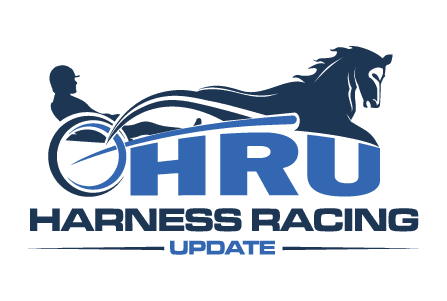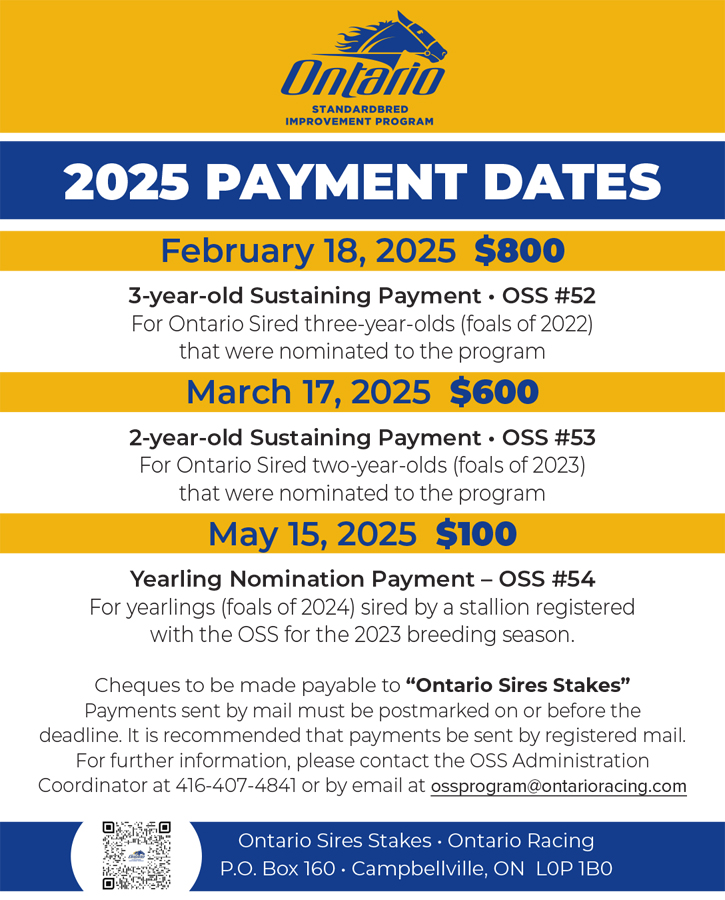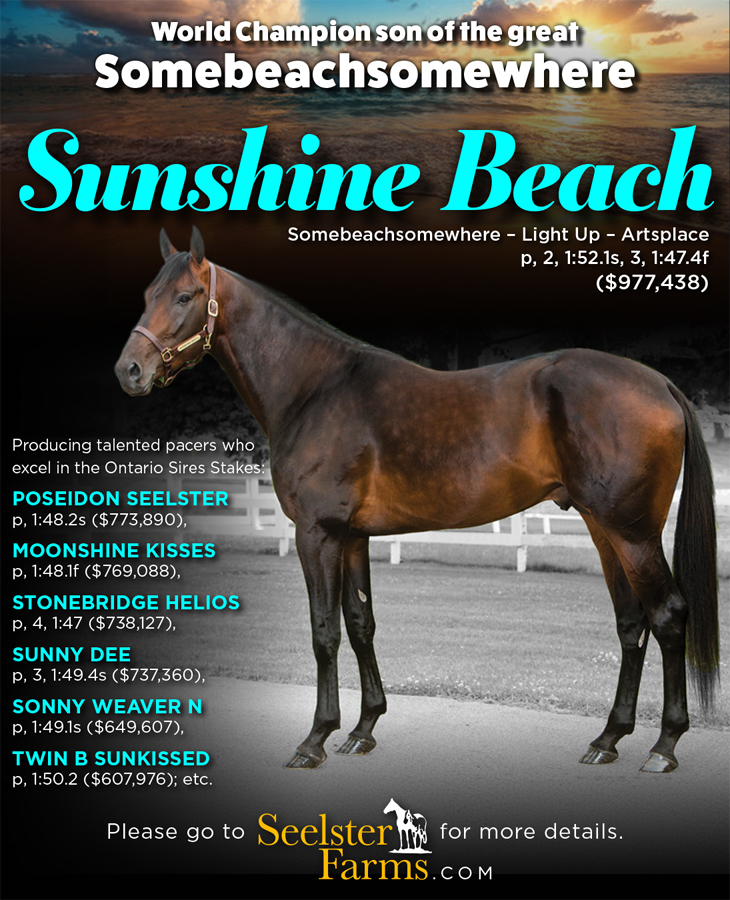
Can a time trial revival give new life to harness racing?
by John Berry
When harness racing was a “true” spectator sport, all eyes were on Lexington’s Red Mile in the fall for their always historic Grand Circuit meeting.
Located, literally, in the heart of Lexington, just about every who’s who in harness racing was somewhere on the fabled grounds — either on the backside or in the stands — witnessing the very best and exciting moments in the sport.
Part of their fall extravaganza, besides the races, were the time trials conducted during the fall meeting. After all, it was the era of the 2:10 2-year-old list and the 2:05 3-year-old list and there were plenty of horses that came close during the season, but were a nose, head, or neck away from those coveted lists with a 3-year-old having a mark of 2:05.1 but race-timed in 1:59.3, a neck back of the winner and no black ink to show for it.
Yes, other time trials were featured with horses looking to pierce the 2:00 list, still fairly rare in the 1970s and 1980s.
At The Red Mile, some years had well over 200 time trials and the fans in the stands were as enthusiastic for them as one of the Kentucky Futurity or a $900 overnight race.
Back in 1980, when a 3-year-old pacing colt entered the track for his crack at a world record, the anticipation was electric. After all, the great Niatross had all the headlines and was looking to eclipse The Red Mile track record of 1:52 set by Steady Star at the beginning of the decade.
There are no sufficient words to describe the reaction of the crowd as Niatross turned for home off three-quarters in 1:21.4 — one had to hear it to feel it!
Time trials are out-of-favor these days as the breed-for-speed era continues but, time trials could prove a very valuable asset in an era where, first, the fans seem to be left at the post, as one BDHC (Broken Down Horse Players Club) devotee said and, second, time trials could serve a triple positive purpose in the future.
Of course, there are arguments that time trials are no longer needed since the records now show the fastest time a horse has achieved on any size track, no matter if it finished dead last where the winner won in 1:47 and the horse in question was timed in 1:48.4.
BDHC member Smitty said, “most any horse can draft along in a record time for itself but I think it’s important to see the talent of the horse on its own… and time trials do just that.”
Smitty has a very strong argument and this “best time” feature does little to improve the visibility of the sport in the eye of the bettor.
But in this day of sports betting and prop betting, time trials could open the door for an unlimited amount of play — not necessarily pari-mutuel betting, which may be becoming passe to many — but in the prop betting arena by giving the punters something on which to wager between the agonizing and patience gnawing 25-to-27-minute wait between races.
In the Sept. 30, 1980 Red Mile program, there were over 200 time trial events listed with for example, Valley’s Wind trying to beat 2:10.1 pacing and winning the time trial in 2:06.4.
The 2-year-old pacing filly Contingency also attempted to get on the 2:10 list and did so with a 2:02.2 performance… significant (at that time) for sales catalogs.
Of course, there are risks in time trials, as well, as in the cases where horses “spit the bit” turning for home or make a miscue.
But great horses like Niatross used a time trial to etch his name in history.
The history books are loaded with horses that made world records in time trials… going back more than a century.
Ironically, since Lady Suffolk’s first recorded mile under 2:30 in 1845 in a race, as the standard was reduced to Ulhan’s 1:58 mile in 1912, every single world record trotting mile reducing the time, from 2:14 3/4 (1874) to Uhlan’s miracle mile performance, was against time.
On the other side of the ledger for pacers, there were many racing records from Aggie Down’s 2:29 performance in 1844 to the record of Minor Heir in 1910 of 1:59, but there were many time trial records set by Dan Patch — the fastest allowed being 1:55 1/4 in 1905 (a 1:55 TT was not allowed due to an out-lawed windshield being used in another).
In any event, time trials, as mentioned, could set a triple purpose if the powers that be would be amenable to change. The first would be to put a “true” record on any horse looking to lower their mark, second, it would give the spectator something to see during the long breaks between races and, three, the number of prop wagers available to gain spectator interest in our sport could improve greatly with headlines garnered with any unusual success.
Prop wagers could include:
1. Whether the TT would be successful or unsuccessful.
2. The time for the trial in either beating the advertised time or several other times listed with varying odds.
These, of course, would be prop bets, not pari-mutuel, but the idea is to get interest and headlines back for our sport and attract both the aging fan and, particularly, the new blood.
From football prop bets on whether the next play will be a rush or a pass… or a baseball pitch being a ball or a strike, time trials could offer yet another way of instant gratification for the bettor — just as a punch on the repeat bet button give the guy or gal at the slot machine.
For the nay-sayers that say this can’t be accomplished, time trials could be available at every larger track facility and held the week any Grade 1 event is scheduled with an invite seeking horses where an improvement in their lifetime mark may play a significant role in any future sales catalog benefitting breeders and consignors.
By the way, on that note, horses successful in completing successful time trials could be compensated with a (as yet to be determined) stipend, possibly paid by those potentially benefitting from the TTs — the breeders.
In any event, maybe it would help us keep up with the “TIMES” and accomplish the goals to the bettors staying with us between long racing intervals and, quite possibly, giving the sport more headlines on internet sites, including prop betting sites, Facebook and Snapchat, Lemon 8, YouTube, Threads, Instagram and the hundreds more that are in our tech future.
We have nothing more to lose!
May The Horse Be With You.













